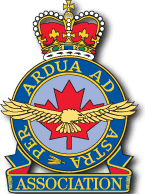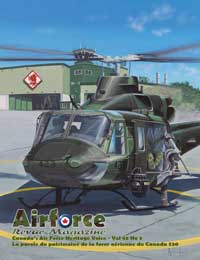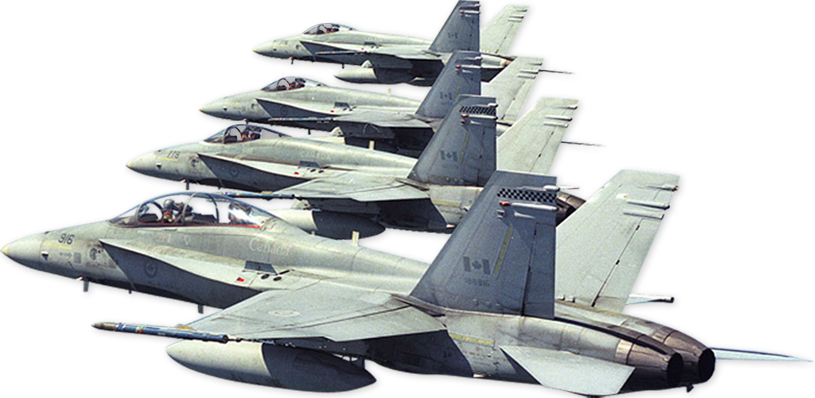SELLERS, W/C George Henry (C647) – Air Force Cross – No.11 SFTS – Award effective 28 May as per London Gazette dated 2 June 1943 and AFRO 1459/43 dated 30 July 1943. Commissioned as Pilot Officer in Winnipeg, 16 June 1933 as member of No.12 (Army Cooperation) Squadron. Received his wings, 27 April 1936. Promoted Flying Officer, 13 June 1936. Attended summer camps at Shilo, 1936, 1938 and 1939. Promoted Flight Lieutenant, 1 January 1940. Proceeded overseas with the squadron. Repatriated to Canada, 22 January 1941. Promoted Squadron Leader as of 1 February 1941. To Trenton, 5 February 1941. To No.11 SFTS, Yorkton, 10 April 1941. To No.10 SFTS, Dauphin, 11 October 1941. To No.11 SFTS again, 3 February 1942. Promoted Wing Commander, 1 April 1942. To Rockcliffe, 22 May 1943. To No.12 SFTS, 7 June 1943. To War Staff College, Toronto, 24 August 1943 as part of Directing Staff. Promoted Group Captain, 1 September 1943. To No.4 Training Command Headquarters, Calgary, 8 June 1944 as Senior Air Staff Officer. To No.2 Air Command Headquarters, Winnipeg, 30 November 1944. To United Kingdom, 6 February 1945. To No.39 Wing, 9 February 1945. Repatriated 17 June 1945. To No.8 Repair Depot, 20 June 1945. To No.5 Release Centre, 4 September 1945. Retired 6 September 1945. Recalled to service, 1 March 1951 as Group Captain, No.17 Reserve Wing, Winnipeg (75254), retiring 16 March 1952. Postwar director, Bank of Montreal, founder of the Winnipeg Centennial Concert Hall and patron of numerous other causes. Award presented 24 March 1944. Shown in photo PL-43149. Died in Winnipeg, 17 December 1986 as per Airforce Magazine of June 1987. RCAF photo PL-43149 (ex UK-20262 dated 9 April 1945) shows W/C R.C.A. Waddell (left) talking to the Officer Commanding No.39 Wing, G/C G.H. Waddell at Headquarters Van. // Wing Commander Sellers has served in this command both as a Chief Instructor and a Commanding Officer of a Service Flying Training School. He has, by his personal example, set a standard in piloting which has contributed largely to the success of the schools with which he has been associated. In particular, he has stressed the necessity for attaining, by instructors and pupils alike, the highest possible standard in instrument and night flying. His own skill in three types of flying, gained by regular practice, has set all who served under him a standard at which to aim. He has completed 230 flying hours during 1942. // Recommended 26 February 1943 by G/C Bonham-Carter, SASO No.2 Training Command. Wording virtually as above. Approved at AFHQ, 6 April 1943. // He had been recommended earlier (15 February 1942) as a Squadron Leader at No.11 SFTS; G/C G.R. Howsam wrote: // A very capable Squadron Commander and Chief Instructor who has taken a very keen interest in the standard of training. He has taken a keen interest in all station duties and is courteous, hard working and sets an excellent example at all times. // // Notes: In 1935 he flew 70 hours 35 minutes with No.12 Squadron (Moths) – “Enthusiastic and energetic officer. Works hard at all squadron activities.” (S/L J.A. Sully, 16 December 1935). // In 1936 he flew 36.55 solo and 4.30 dual (Moth, Fleet). “A keen young officer but less time has been spent in the past year on Squadron activities than previously due to the fact that he married and has been busy setting up a home.” (S/L J.A. Sully, 18 November 1936) // In 1937 he flew 38.55 solo and 5.40 dual (Moth, Fleet, Avro 621). Average in all categories. “This officer has shown an attitude for his work. He is keen and intelligent. A very useful officer.” (F/L J. Crabb, 23 December 1937). // In 1938 he flew 20 hours 20 minutes. “A keen and intelligent officer.” (S/L J. Crabb, 6 December 1938). // In 1939 he flew 46 hours as a pilot, 12 hours as a passenger. “A valuable and reliable officer. As a flying officer he has been most useful to the unit and promotion is recommended.” // Report for 1940 shows him flying 235.55, elementary training types, Lysander, Beechcraft twin and Hurricane. Considered a potential operational pilot or a Chief Flying Instructor. “A skilful, experienced pilot. Possesses sound judgement and a keen sense of responsibility. A very capable officer.” (S/L C.H. Hanna, 21 December 1940) // Accident, 16 April 1943, Crane FJ104 of No.11 SFTS force landing three miles west of Clear Lake, Manitoba due to weather; hit snow covered ditch and nosed over. No injuries.








